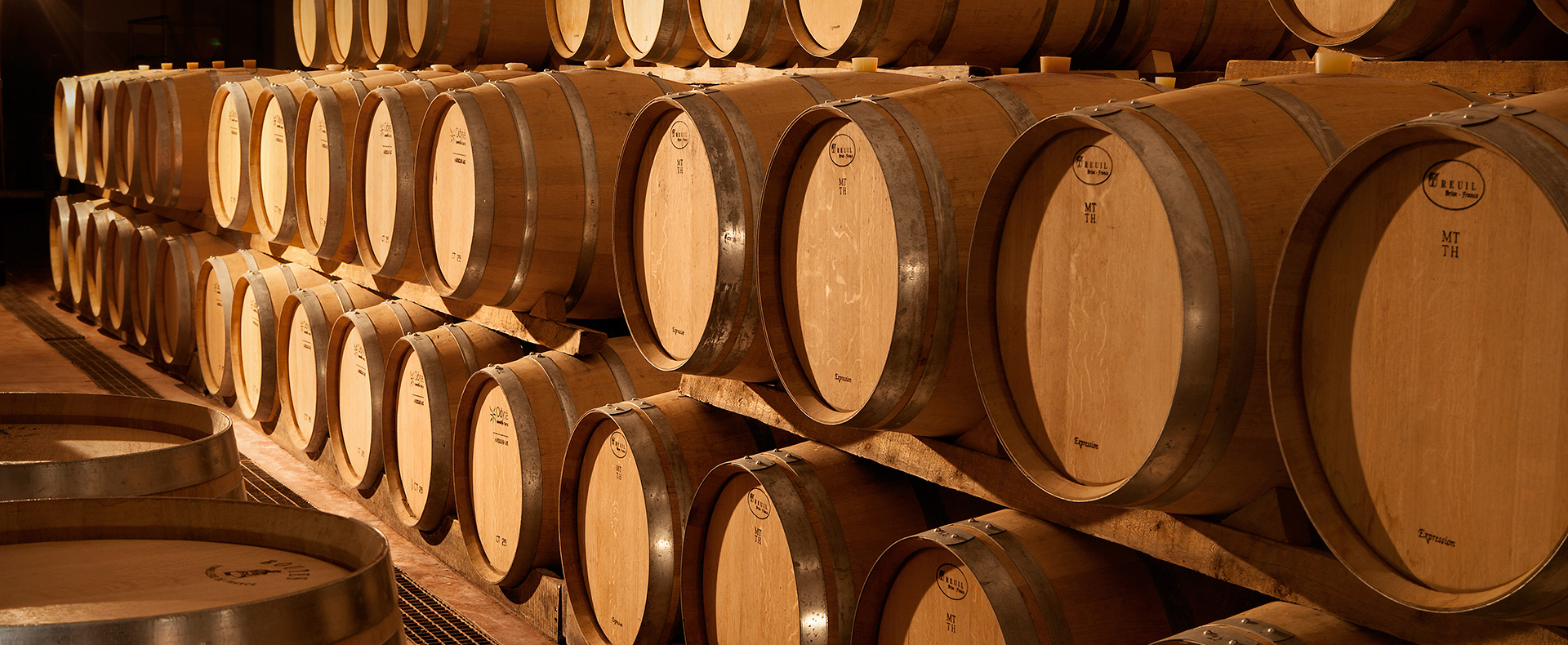Cantele winemaker Gianni Cantele on his approach to barrique fermentation and aging.
Here at Cantele, we currently have about 700 barriques, small oak casks used for aging wine. Almost all of them come from French coopers and are made with French wood. 10% of our barriques are made from American wood and are used solely for the aging of our Primitivo.
A French barrique costs Euro 700. Why am I telling you this? So that you can get a sense of the budget required for a winery that has roughly 700 barriques in its cellar. This is one of the reasons that wines aged in wood casks cost more.
Many people believe, erroneously, that wood casks are used to give a certain flavor to the wine. The truth is that the wine is conceived in the vineyard and that’s the wine that we put into the barriques. When we’re making an important wine, with a lot of structure, the wine has the muscle needed for cask aging.
Generally, we start with a wine that doesn’t already have the balance needed for the presence of tannins and other polyphenols. The barrique is the tool that we use to achieve that balance. Thanks to the natural micro-oxygenation that wood permits, chemical-physical changes occur in the wine that transforms an imbalanced wine into a balanced wine with structure.
Cask aging also helps to stabilize the color of the wine itself and to increase its longevity. On its own, the anthocyanin molecule would wane. I need to make that molecule bind itself to the tannin. And for this reason, I need an oxygen molecule that will permit it to bind itself to the tannin. This is why micro-oxygenation in oak casks is so important.
It’s wrong to think that wood casks are used to give different types of flavor to wine. It’s also true that when the wood is toasted, it can have an “aromatic impact.” The important thing is to make sure that the impact isn’t excessive and that it respects the grape variety’s characteristics without overshadowing them.
We use our barriques for five years and then they are retired (we sell them for Euro 60 each to restaurants, wine shops, and wine bars that use them for decoration).
Our barriques are crafted by top coopers and as soon as we empty them, we wash them with hot water and refill them immediately with wine.
Here’s the aging regimen for our most important wines (Teresa Manara Negroamaro, Amativo):
1/3 new barriques
1/3 one-year-old barriques
1/3 two-year-old barriques
For all the other red wines, we use barriques in their third, fourth, and fifth years.
The only white wine for which we use wood casks is our Teresa Manara Chardonnay. The wine is racked into barrique while still fermenting (as for all of our white wines, fermentation is initiated in stainless steel so that we can maintain a constant temperature of 15° C.). Once the fermentation in barrique is completed, the wine ages on its lees in barrique and we perform bâtonnage (a stirring of the lees) on a daily basis for two months. Then the lees are stirred once or twice a week for the remaining months before bottling.
Gianni Cantele
winemaker

